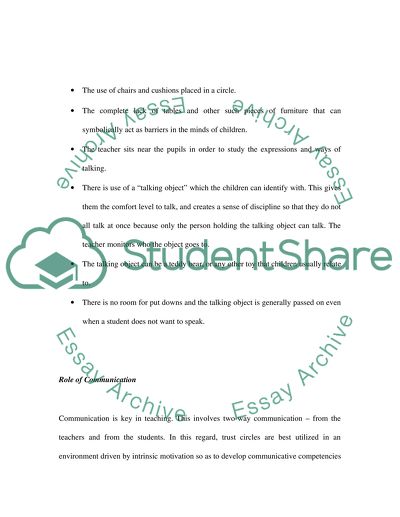Cite this document
(“Trust Circles and Communication Essay Example | Topics and Well Written Essays - 2000 words”, n.d.)
Retrieved from https://studentshare.org/education/1514282-trust-circles-and-communication
Retrieved from https://studentshare.org/education/1514282-trust-circles-and-communication
(Trust Circles and Communication Essay Example | Topics and Well Written Essays - 2000 Words)
https://studentshare.org/education/1514282-trust-circles-and-communication.
https://studentshare.org/education/1514282-trust-circles-and-communication.
“Trust Circles and Communication Essay Example | Topics and Well Written Essays - 2000 Words”, n.d. https://studentshare.org/education/1514282-trust-circles-and-communication.


